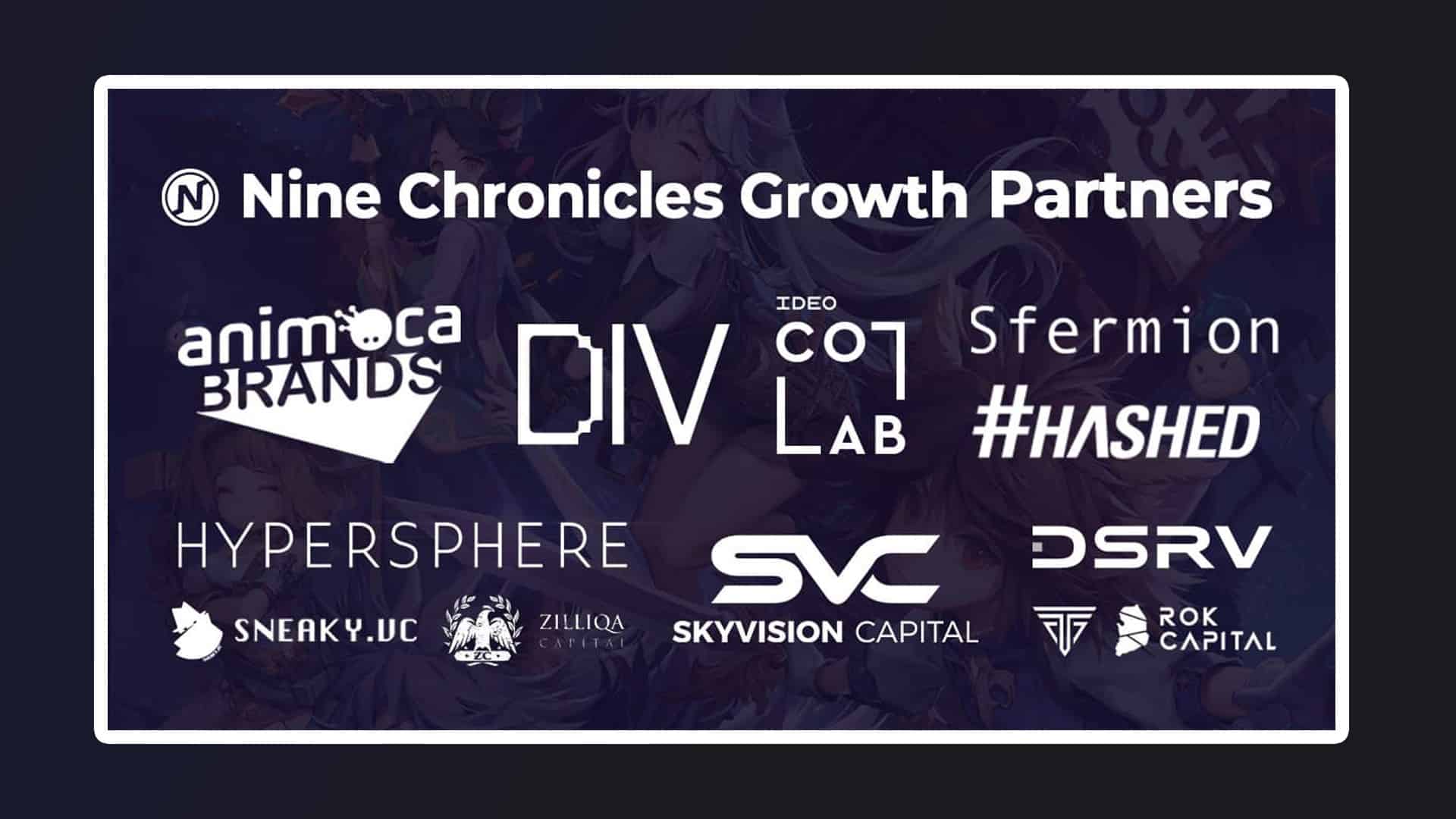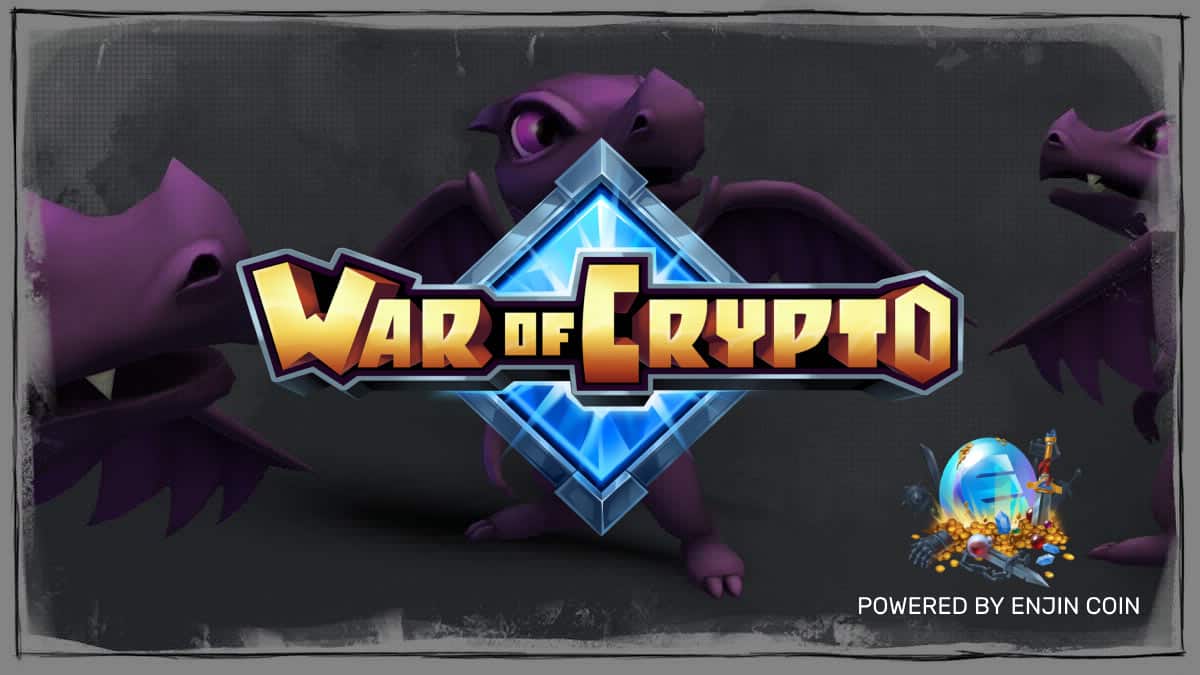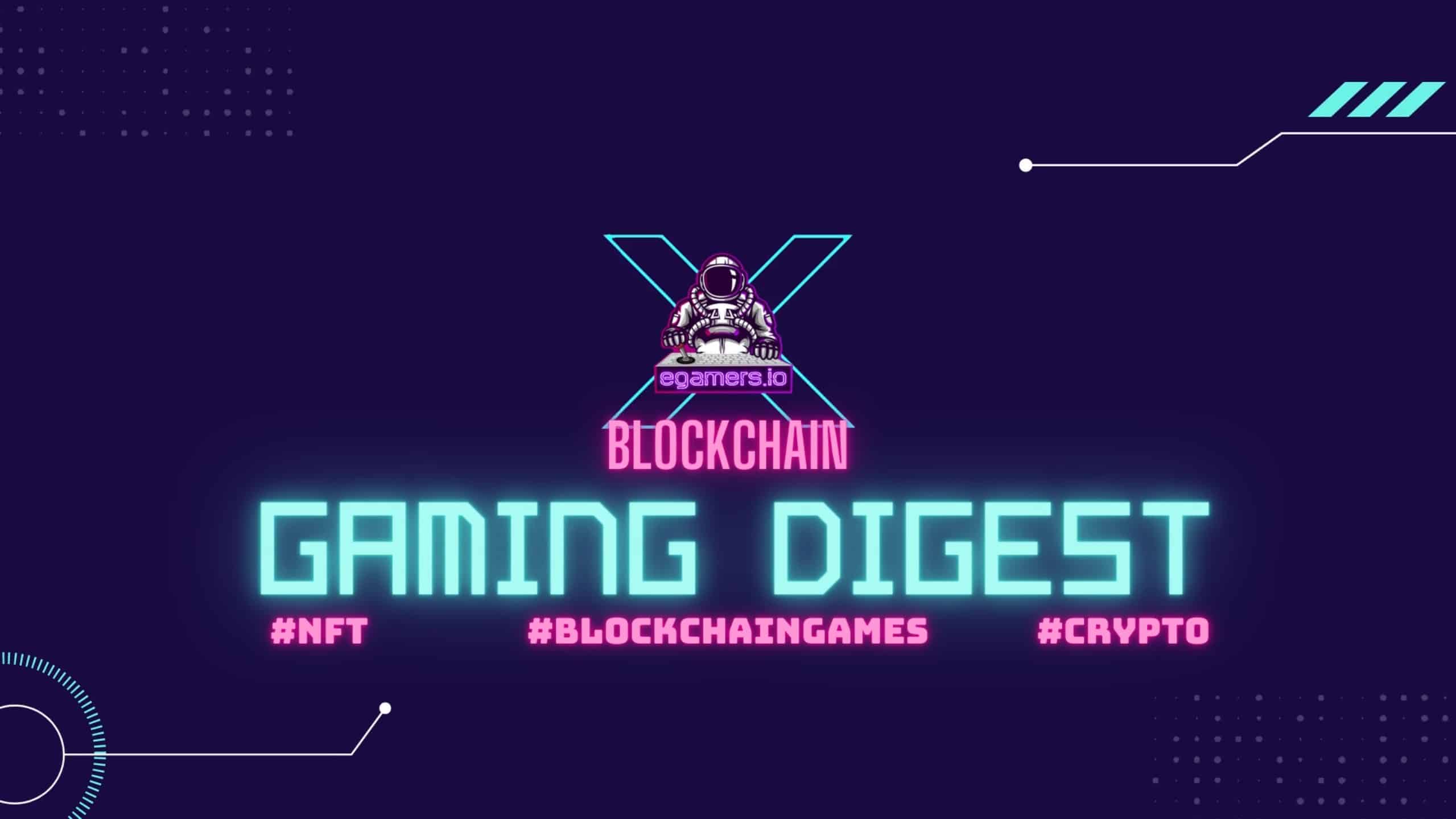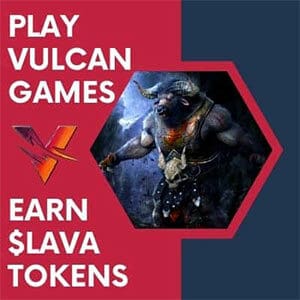Do you remember Pogs? Those circular cardboard pieces that were a hit in the 90s? Well, they’re back in a new form as Ethereum NFTs, attracting attention from blockchain gamers. Additionally, multiple Pogs Web3 games are being developed.
What are Pogs, and how did they become NFTs?
Pogs were originally a children’s game that became a popular collectible in the 90s. The game involves players stacking cardboard discs, then taking turns to throw a larger disc at them, trying to knock them over and win the ones that land face-up.
Pogs are being reimagined as non-fungible tokens (NFTs) on the Ethereum blockchain, allowing them to be owned, bought, and sold digitally. The project is led by a startup called Pogs Digital, which is creating NFT versions of classic Pogs designs and new designs featuring popular NFT collections.
On April 6, the company behind Pogs will launch 3,800 Ethereum NFTs, all created with a unique artwork each, at a price of 0.049 $ETH (Almost $90)
In addition, the company plans to release multiple mobile games, allowing players to use their Pog NFTs to compete against each other and win more NFTs. These games are set to be released this summer, with the first game, called Stack and Slam, being scheduled to debut this week on the Solana blockchain.
The History of Pogs Game
According to Wikipedia, Milk caps is a children’s game played with flat circular cardboard milk caps. Players make a stack of these caps and take turns dropping a heavier “slammer” object onto it, causing the caps to be disrupted.
Each player keeps any face-up caps and is to restack the face-down caps, repeating the process until none land face-down, at which point the player who collected the most caps wins the game of milk caps.
The game is also known as Pogs, under which name it was sold commercially in the 1990s. The name originates from Pog, a brand of juice made from passionfruit, orange, and guava; the use of the juice caps to play the game preceded the game’s commercialization.















STAY ALWAYS UP TO DATE